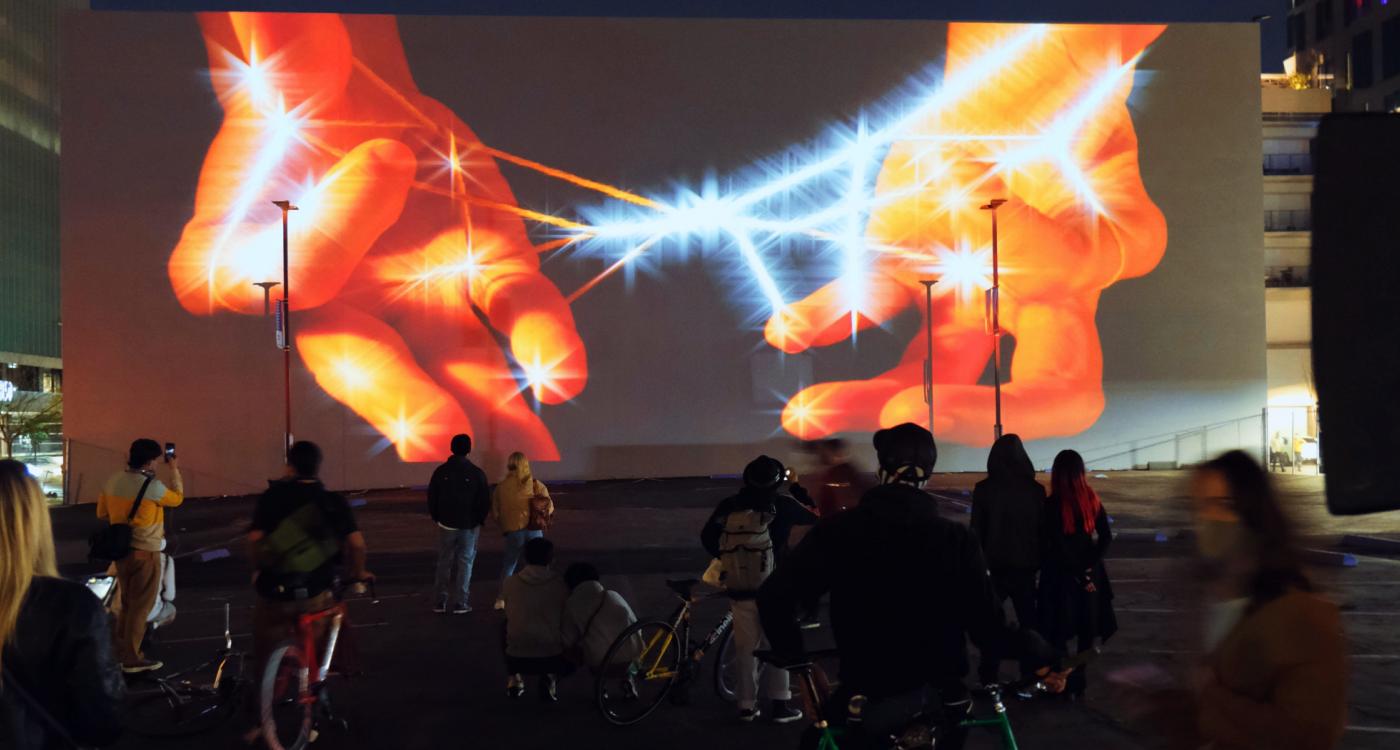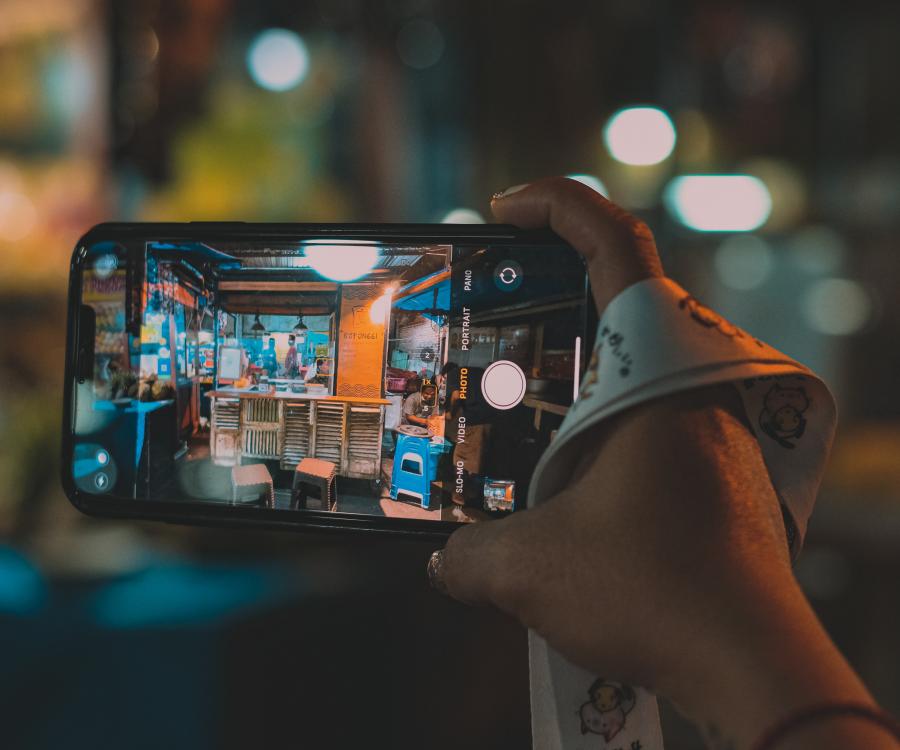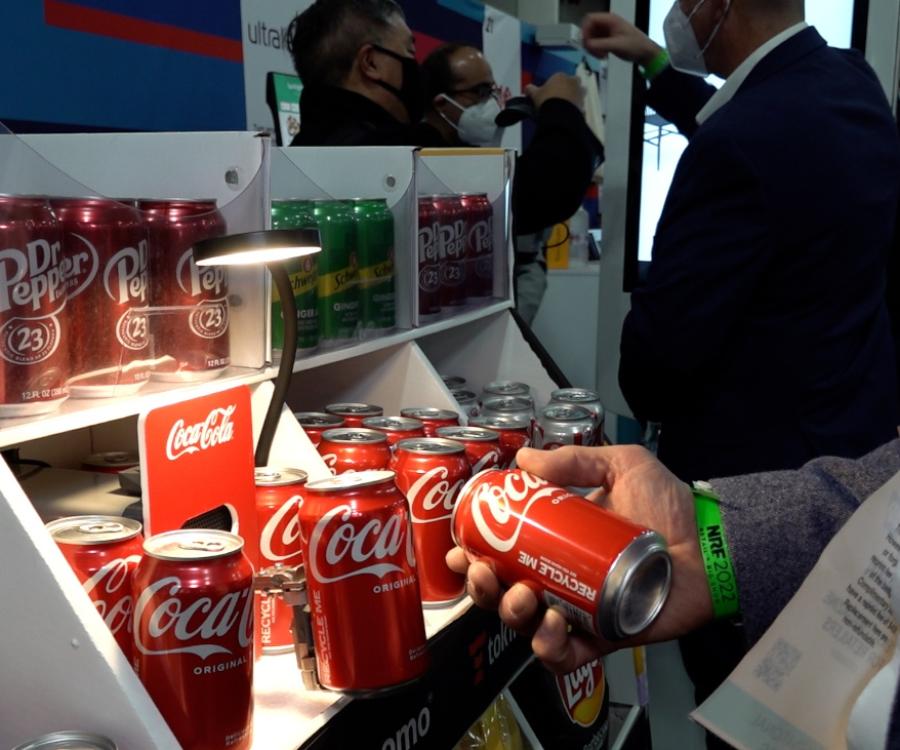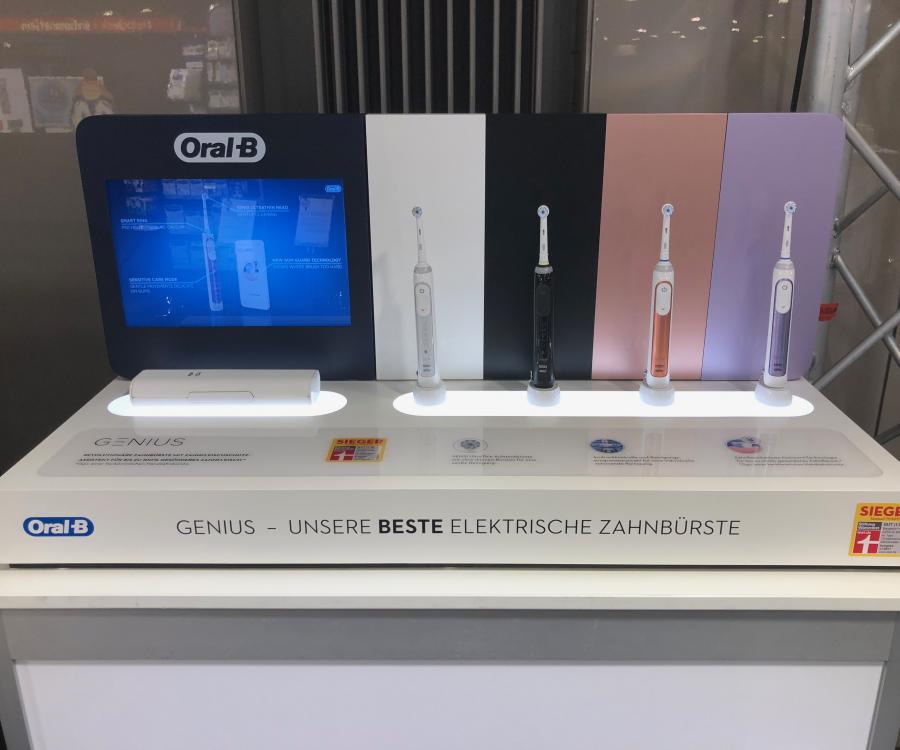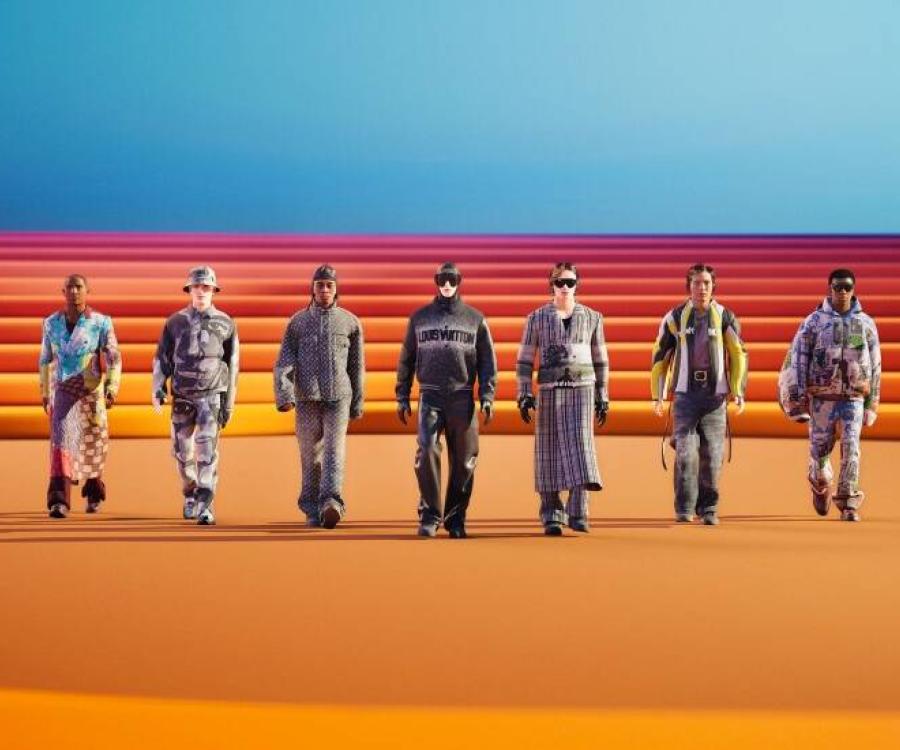Changes in your marketing strategy or adaptation of new technologies can serve as a boost to your sales. Customers value innovative or immersive product presentations. Augmented reality (AR) and virtual reality (VR) are the future of immersive experiences brought by technology and offer possibilities for a modern marketing strategy.
AR and VR are the modern-day cinemas that also function as arcades. They take the user from the boring old reality into a whole new customized virtual world.
AR involves taking the world that you live in and adding to it. This may be accomplished by redesigning certain objects or maybe making a virtual version of an object that is more interactive. This is generally accomplished by a device like a smartphone, serving as your eyes and ears to an enhanced world.

VR works on the same principle, taking the users into a virtual world. What makes VR different: it is much more immersive. VR teleports some of your senses into a virtual world that may look nothing like the reality you’re used to. So virtual reality provides a more immersive experience with the use of specially designed VR headsets.
How can you use AR and VR for sales?
AR and VR aren't going to change your product but they can help you in a lot of the areas that affect sales.
- Marketing
AR and VR is a growing industry for marketing. Simply having your campaigns show up on a user’s screen is already decent marketing. With AR or VR, you can go even further such as having interactive campaigns that are enjoyable for users. You can have them running and jumping for a game that gives your product a shout-out or maybe have an informative program that teaches about the importance of your product or service.
- Product showcasing
Whether your product is a giant statue or a simple leather jacket, letting your customer see it in the best light – a suitable setting – will affect their judgment. No matter what your product or service is, there is an area where it shines.
AR and VR allow you to show the products or services in the best light even if the reality isn’t cooperating. For example, you can have the best umbrella in the world that can withstand incredibly strong rain. However, you can’t show it off because it’s the middle of summer.
On another note, you might be in the fashion industry and have thousands of designs. AR and VR can help your prospects see what the clothes look like and how they would fit.
- Product innovation
No matter what industry your business belongs to, you know the importance of product innovation. Having a superior product over your competitors will greatly affect your sales.
As mentioned AR and VR let you mold reality, so you can mold your product and see how it looks with changes or new features.
Experimentation isn’t limited to your product or service, you can also experiment with how the store looks or maybe how you want to arrange products, decorations and visual aids. AR and VR allow you to leave little to the imagination while being budget-friendly.
- Internal communication
Improving sales isn’t all about the product and how to market it. This is also partly affected by how the business is run. Miscommunications between people may affect the quality of service and thus customer satisfaction.
Utilizing AR and VR you can quickly set up amazingly detailed emergency meetings. As an example, you can have an interactive virtual version of your product, allowing everyone to fully understand what is being discussed. This helps those that are visual learners so they don’t have to simply rely on pictures or charts. Meetings in a virtual world allow for interactive visual and even auditory aids.
AR and VR technologies are a growing industry that has amazing potential that can end up making or breaking your sales in the future. The different applications discussed here are just the advantages available today; likely, these will only grow as time passes.

